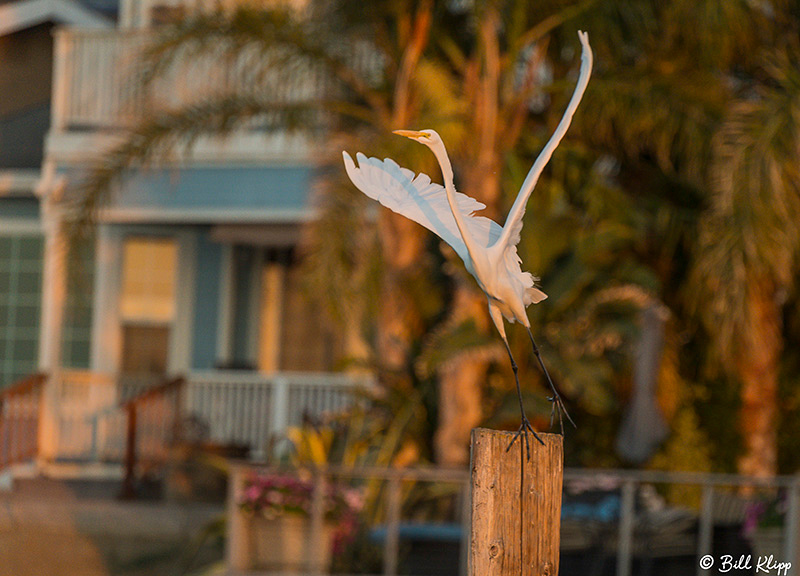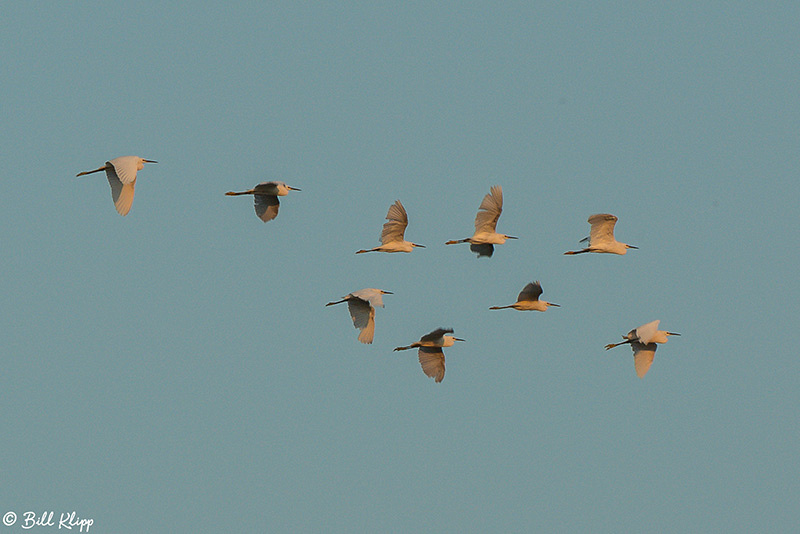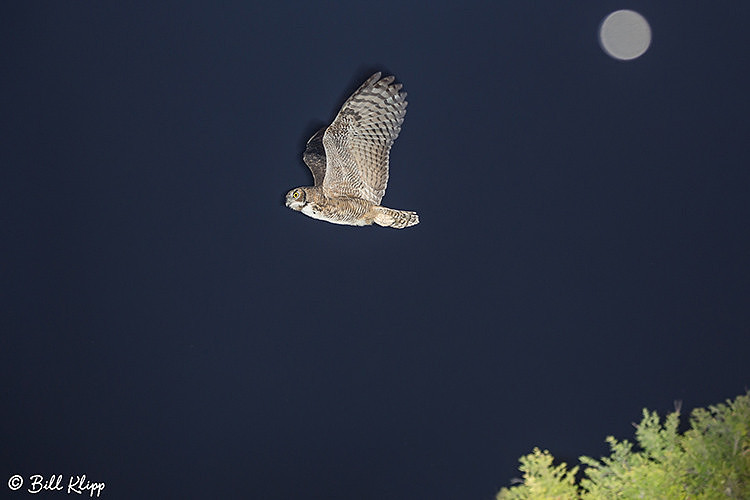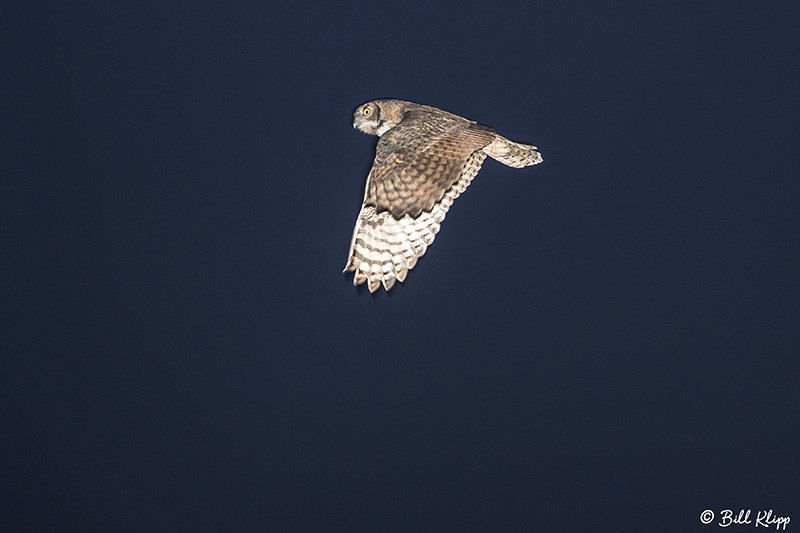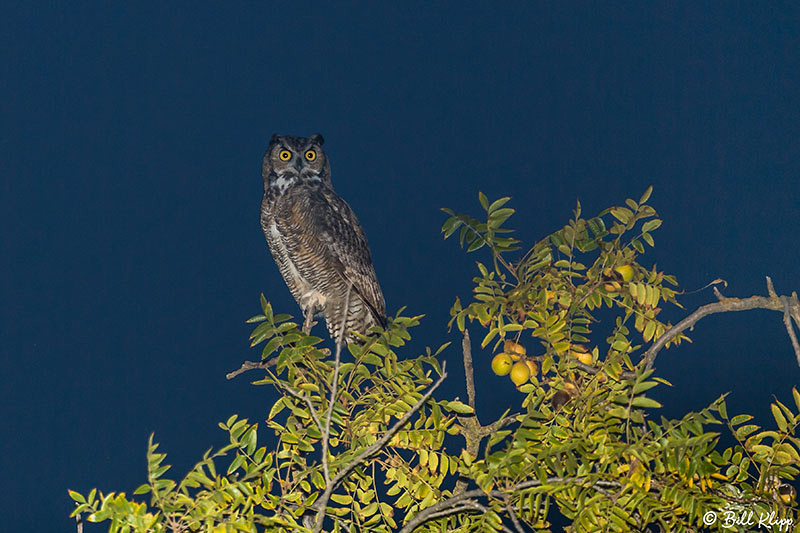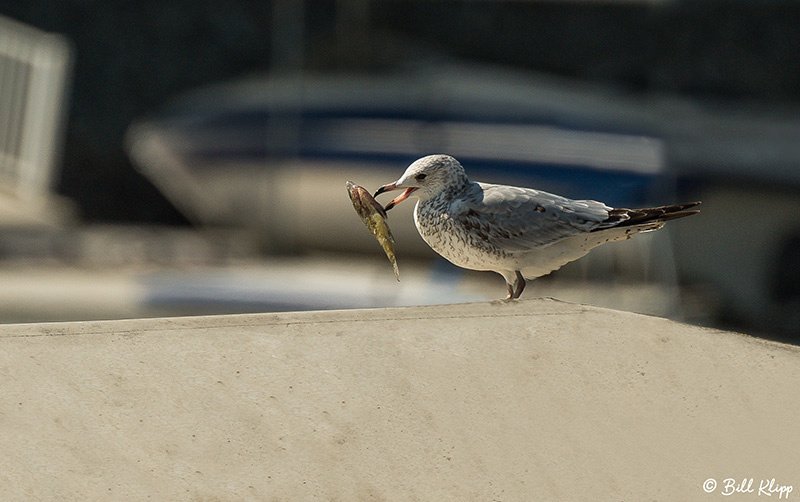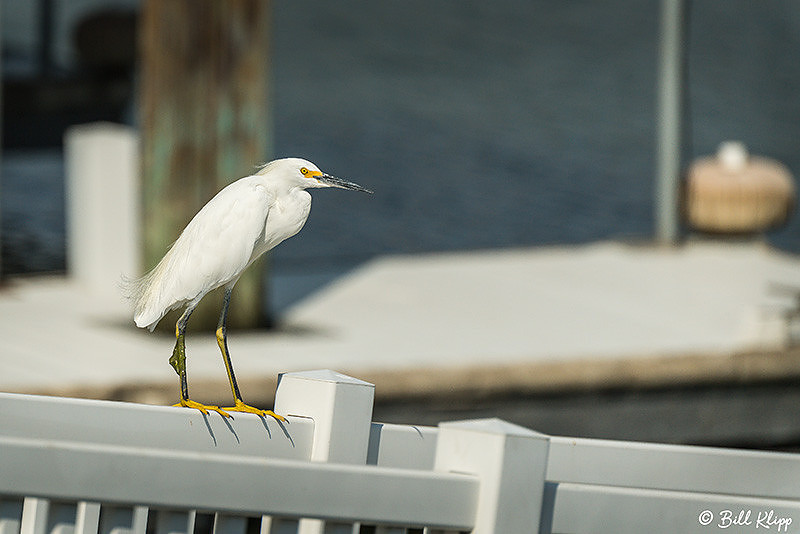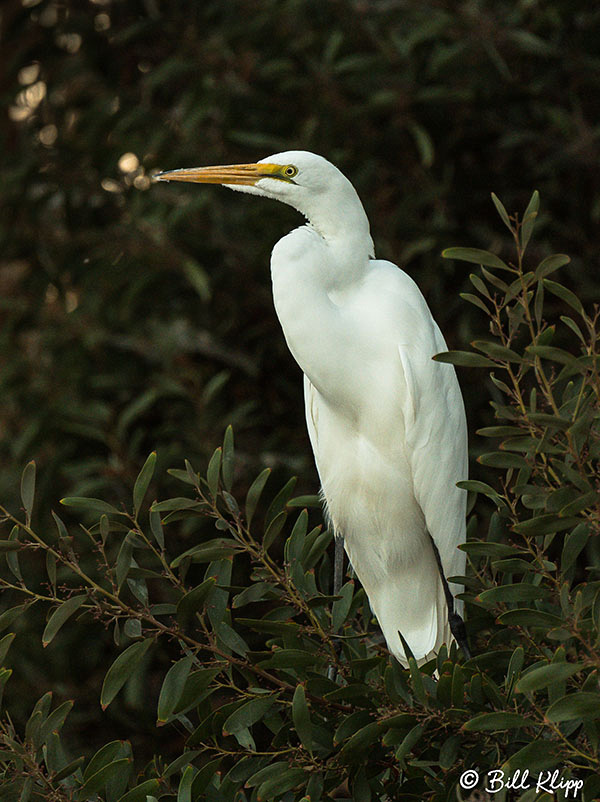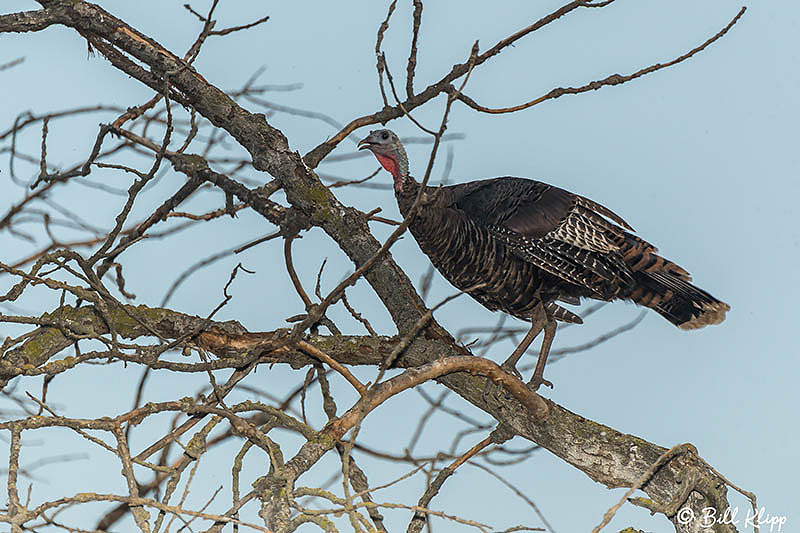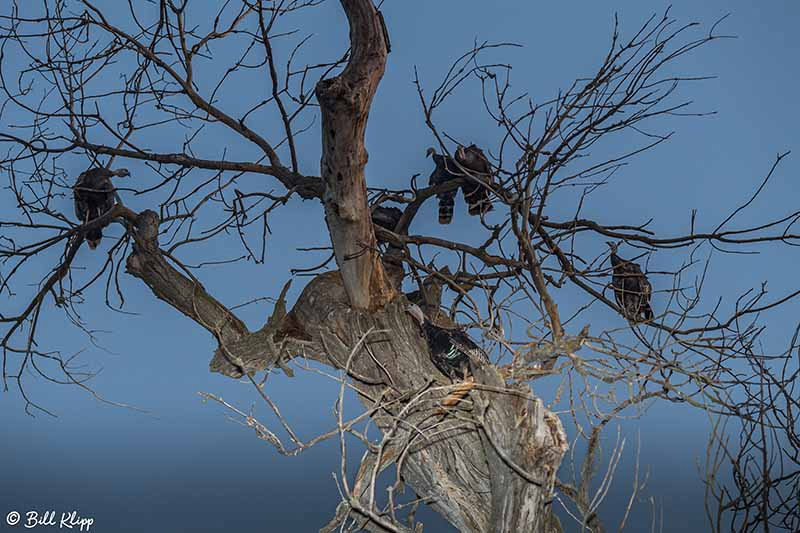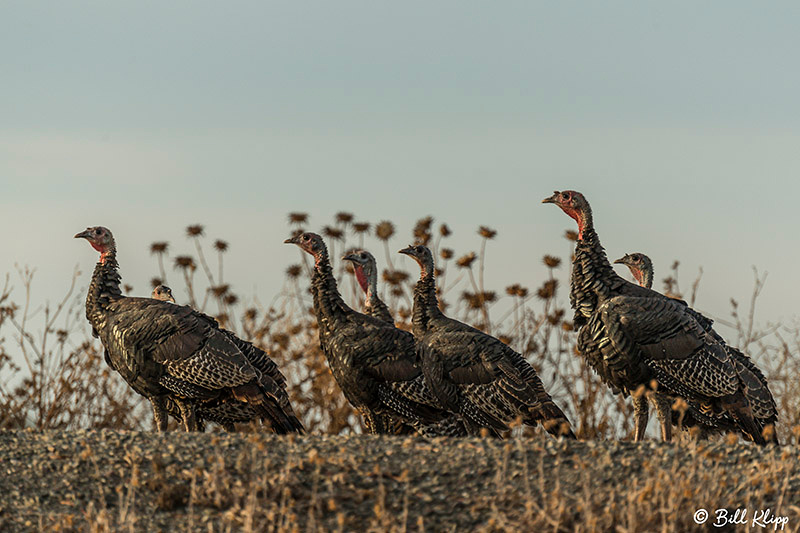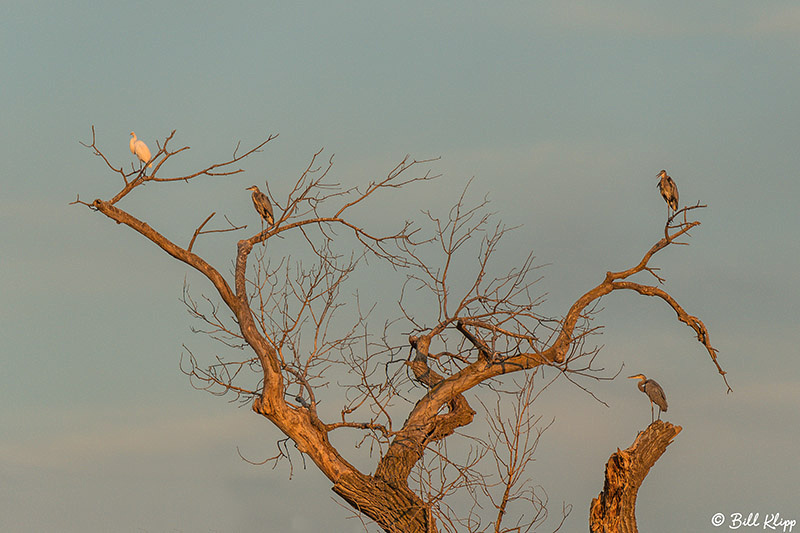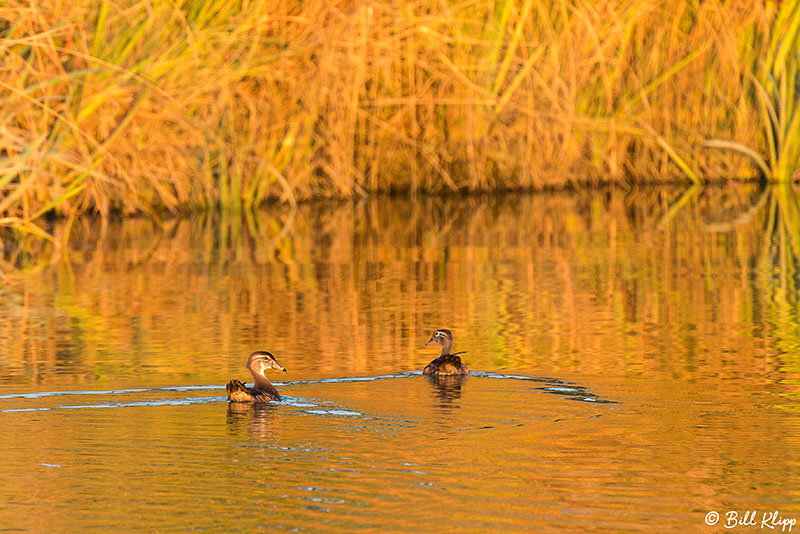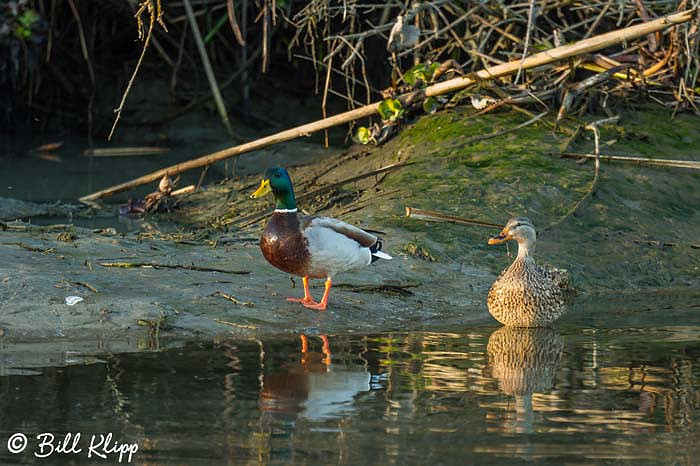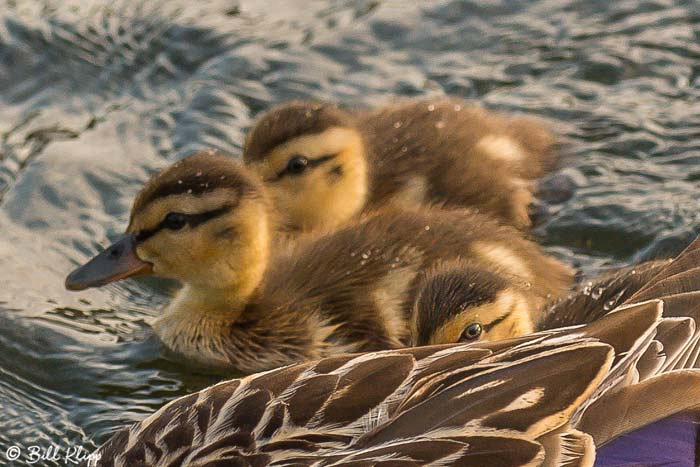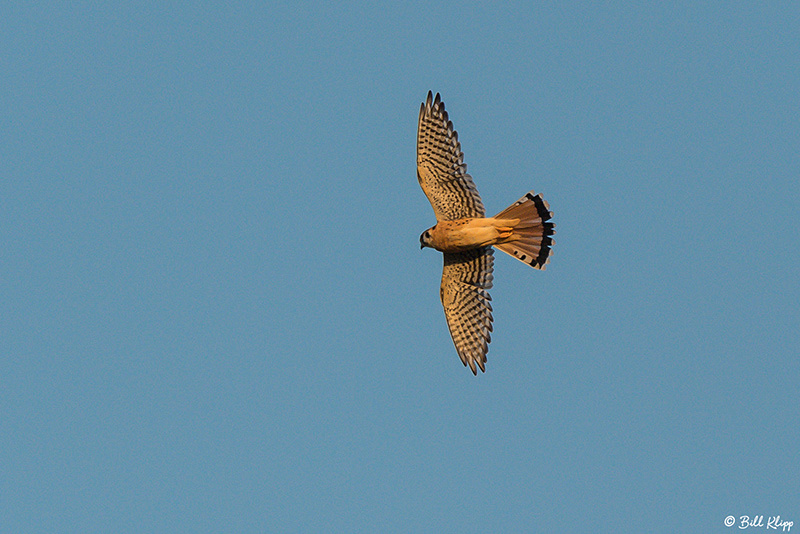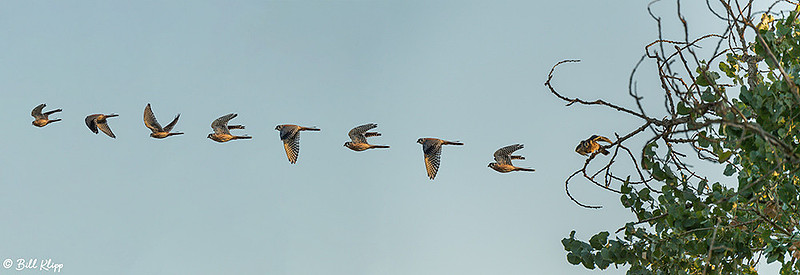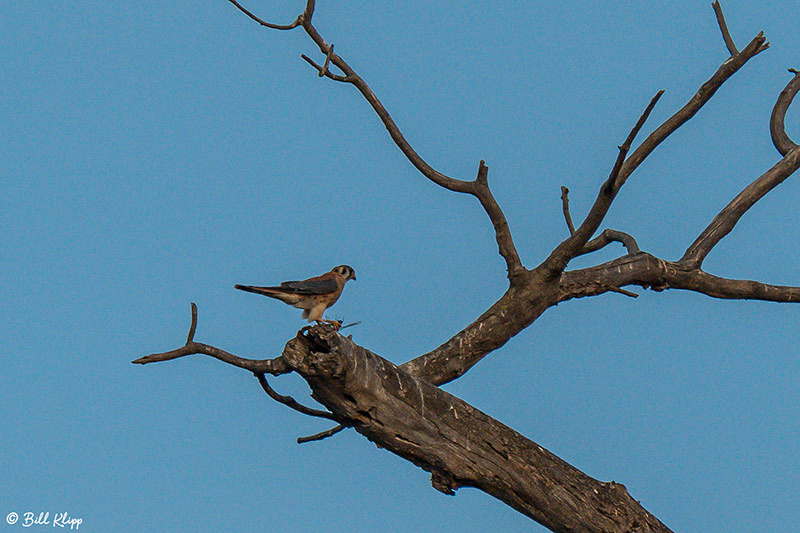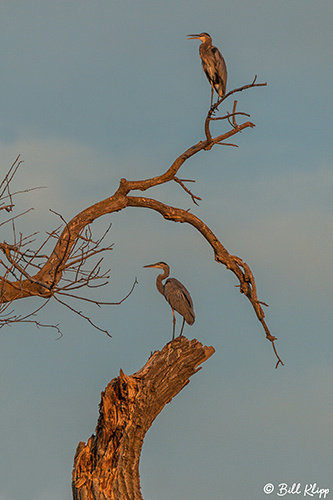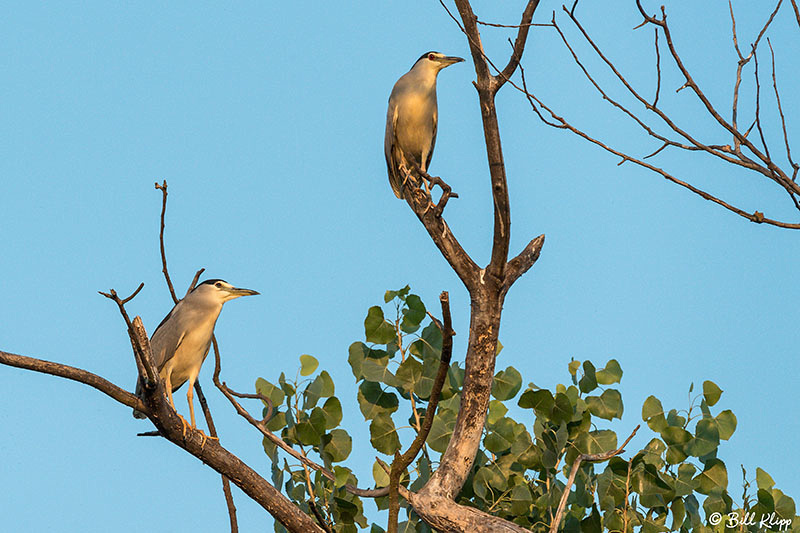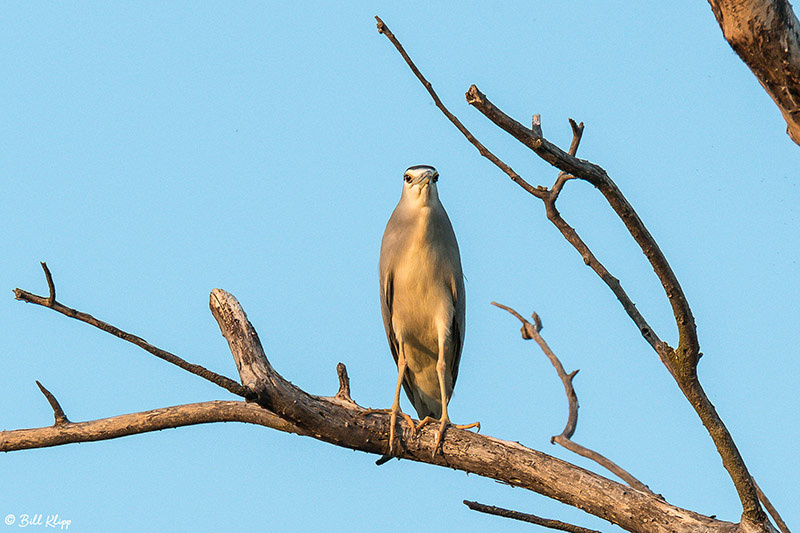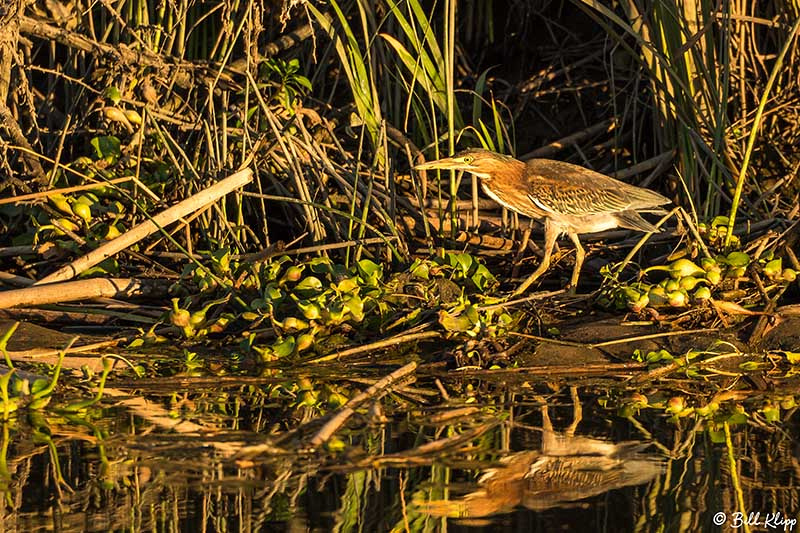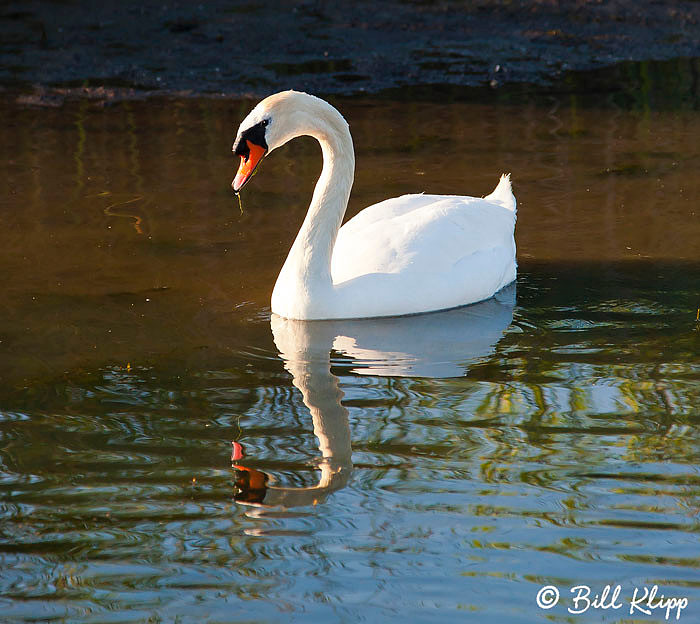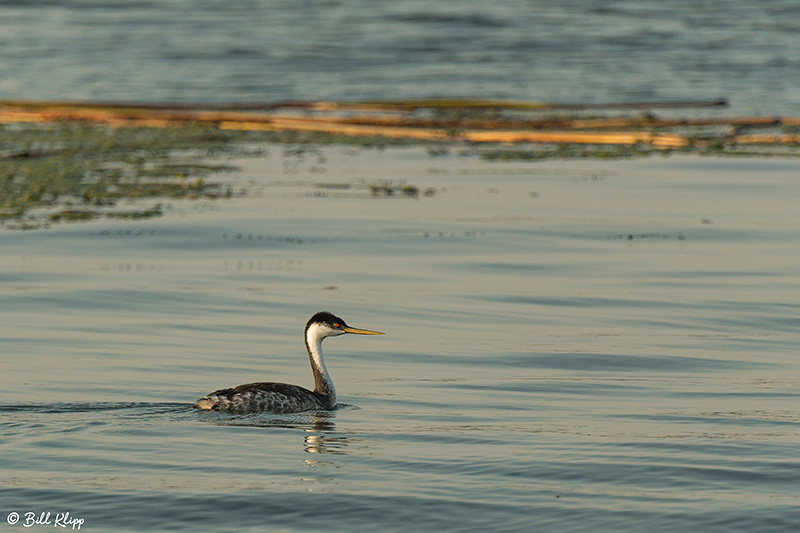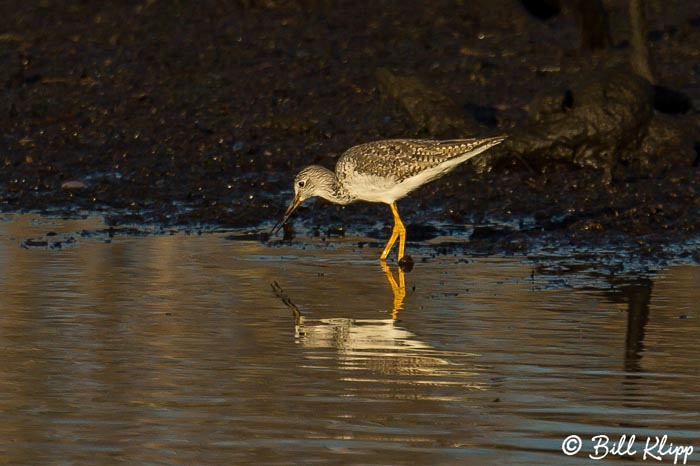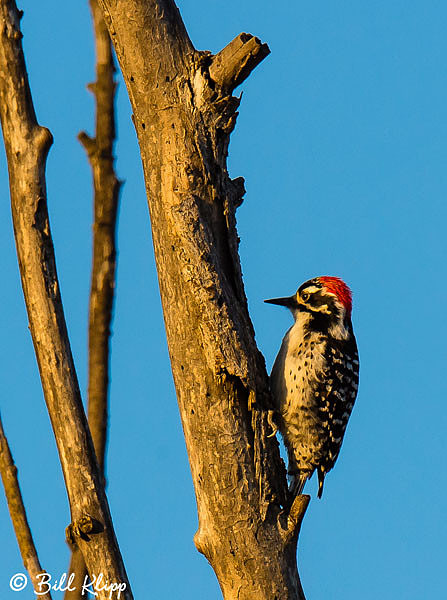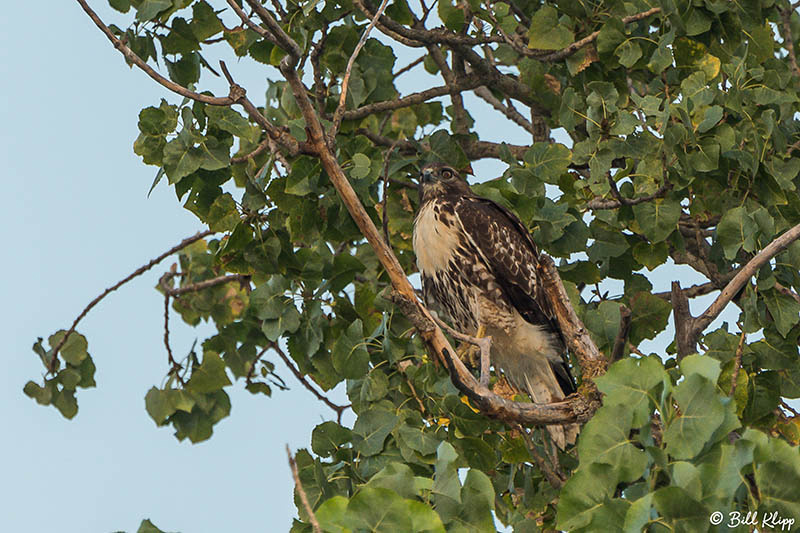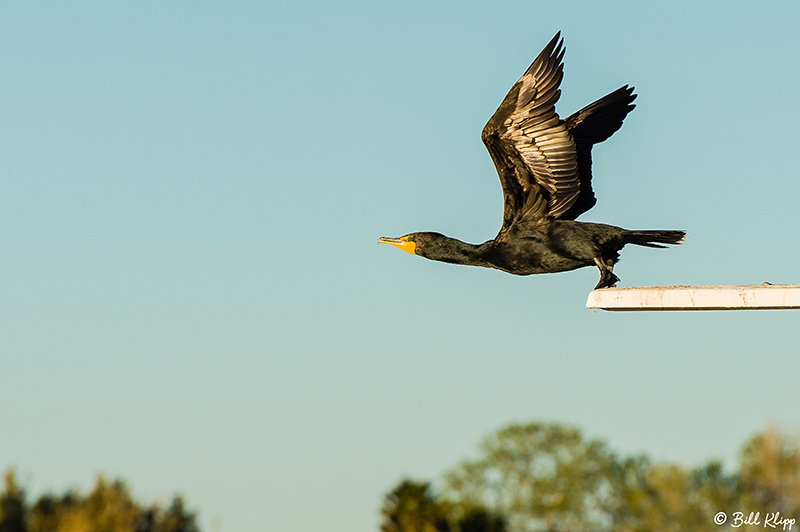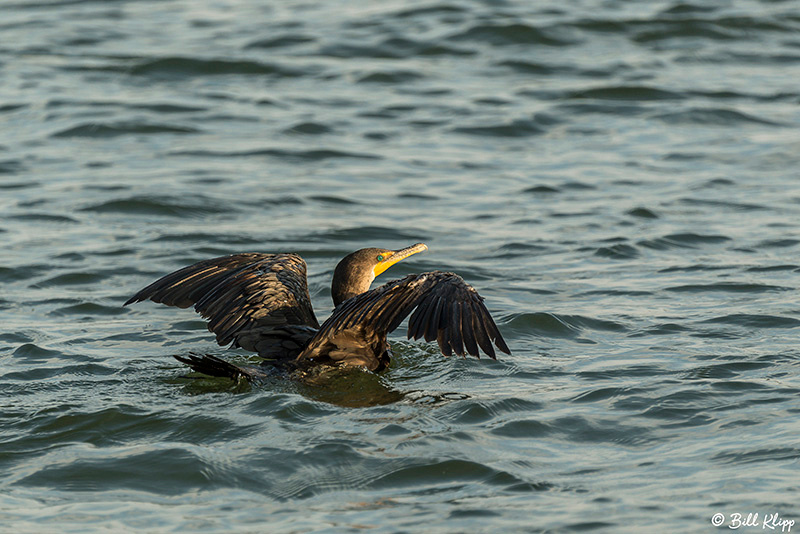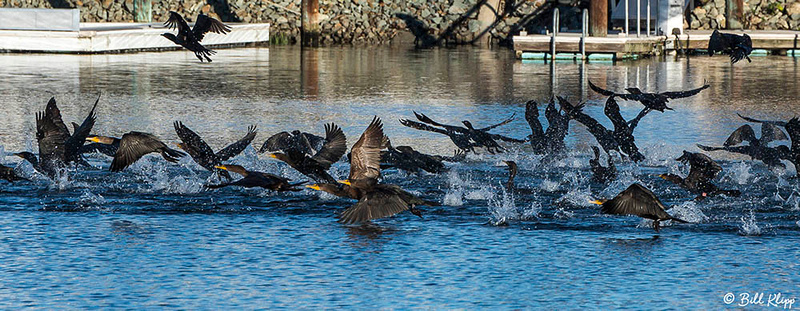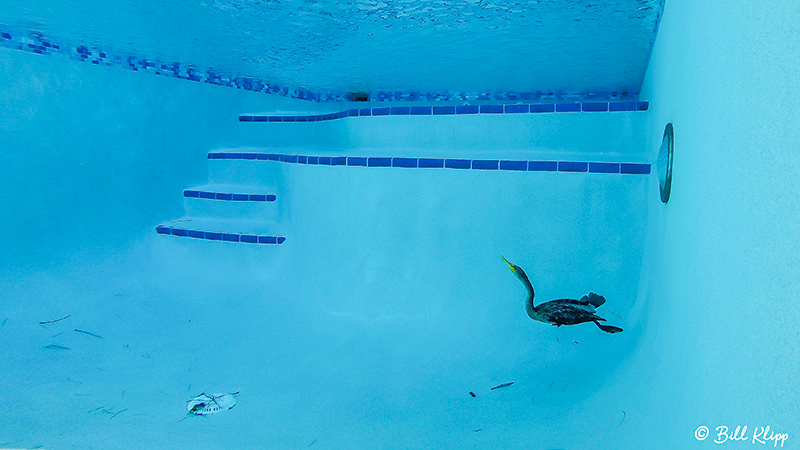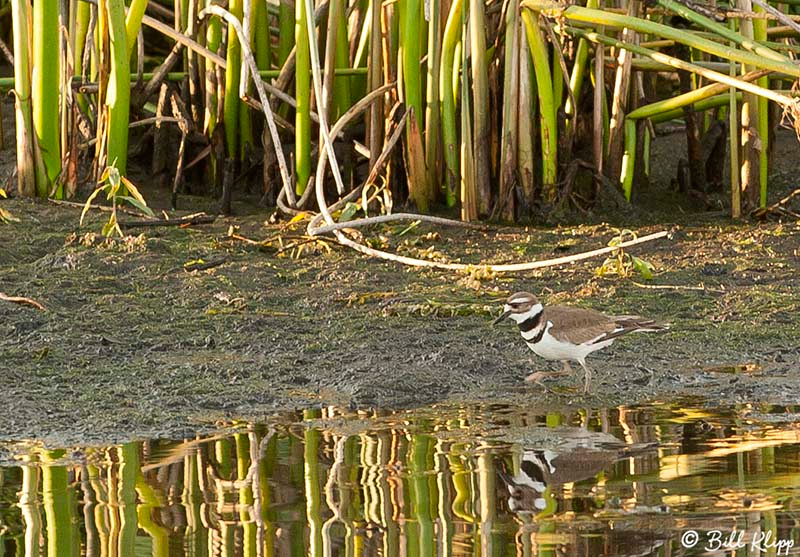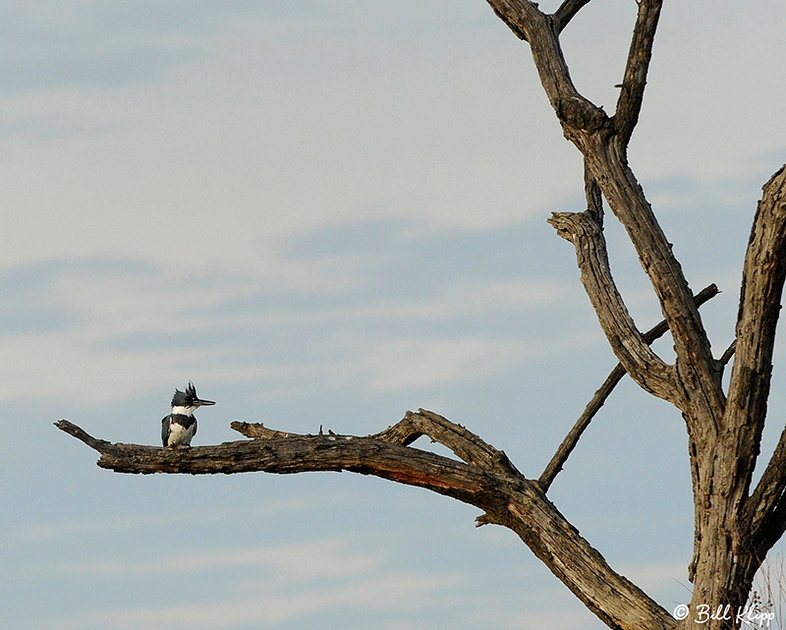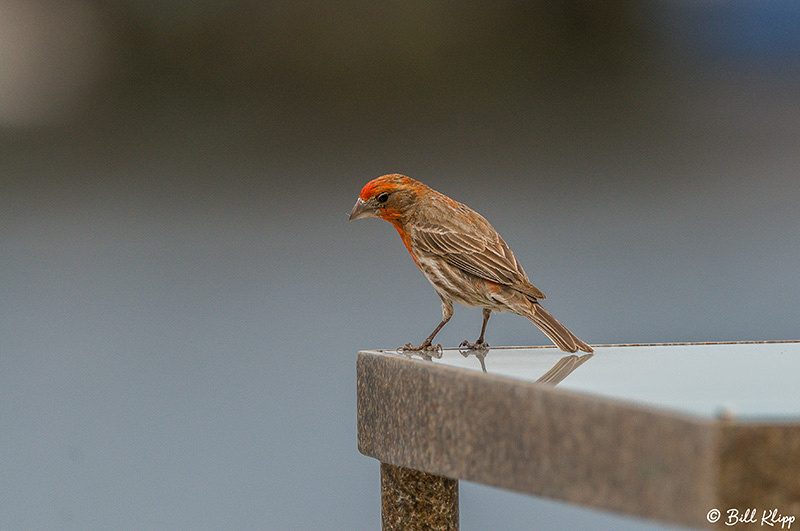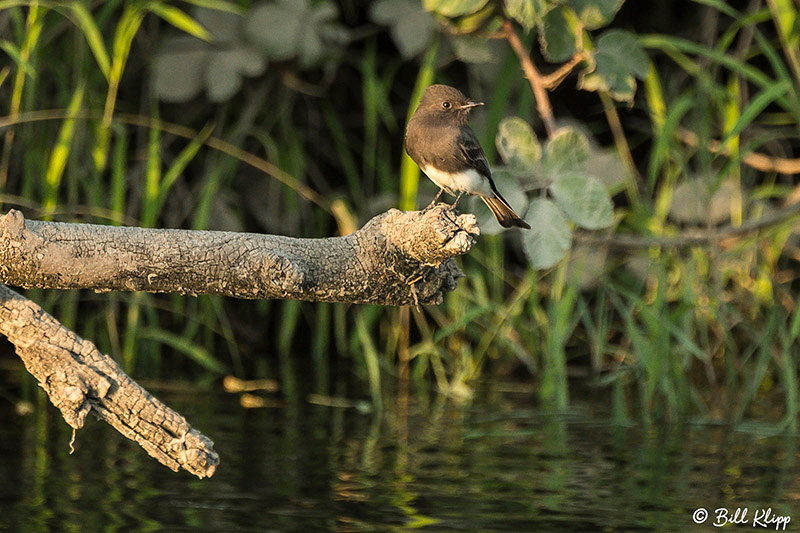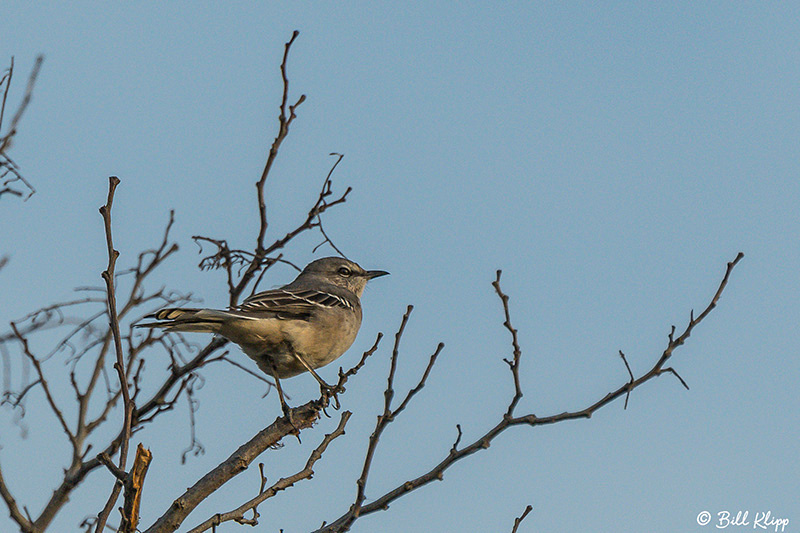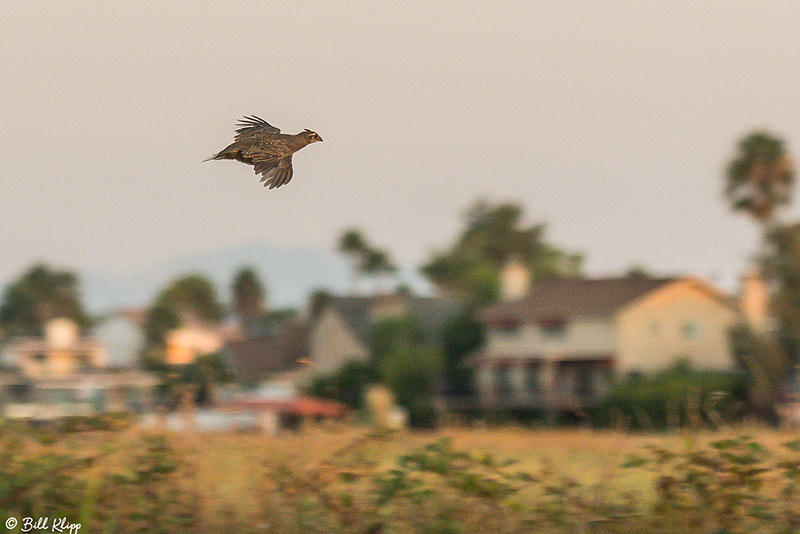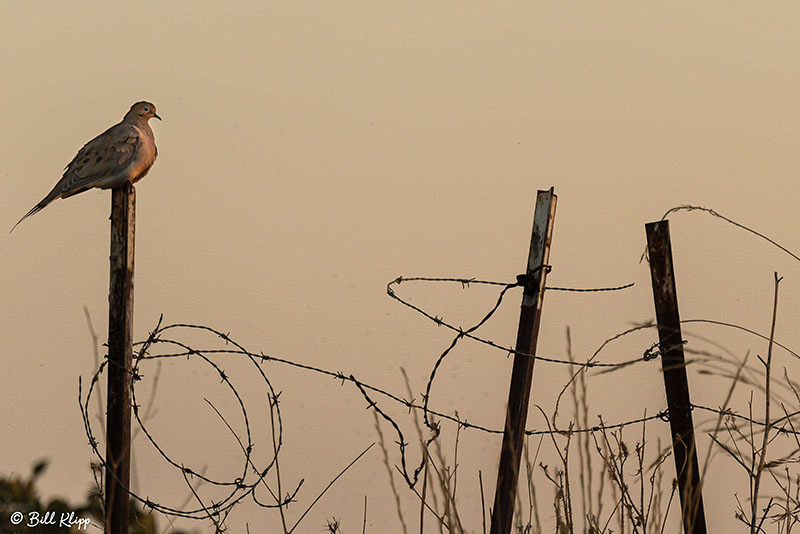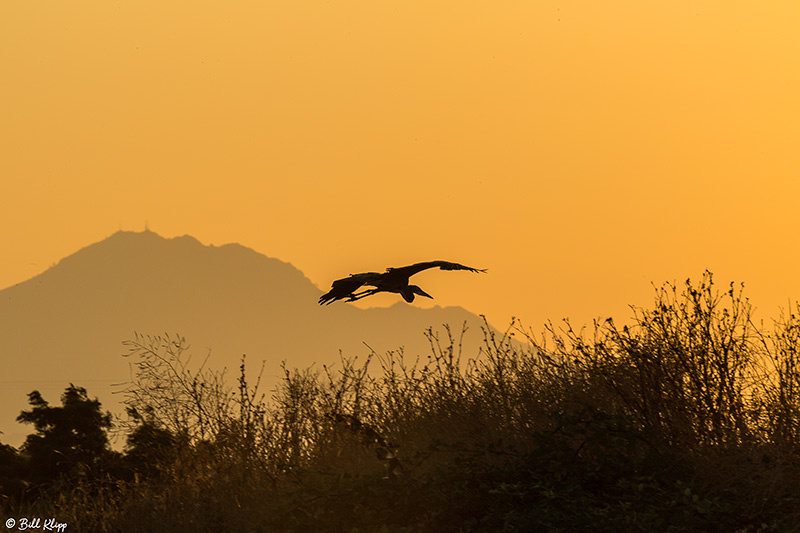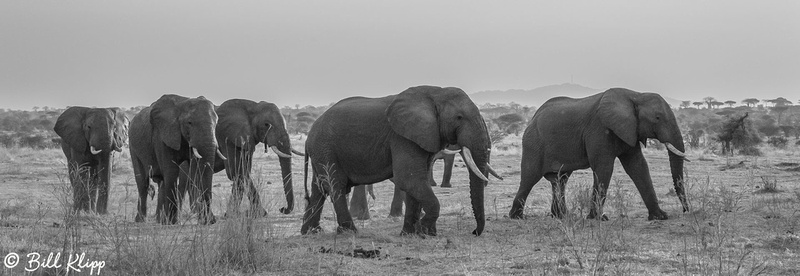


Delta Wanderings XXIII – Sept 2017 -- “Birds of the California Delta"
Great Horned Owl in a walnut tree Birds of the California Delta It has been said that the California Delta has upwards of 200 different bird species either living here or passing through. While I'm surely not a birder in the traditional sense I sure love to photograph them especially when we have so many right in our delta backyard. As the waters from the Sierra Mountains make their way to San Francisco Bay they wind through a nearly endless network of rivers, tributaries and channels. With 1000 plus miles of waterways the California Delta is rich in all kinds of wildlife with many varieties of shore and trail birds as well as sea lions, beavers, otters, muskrats, turtles, snakes and a large variety of fish such as bluegill, striped/largemouth/smallmouth bass, sturgeon, catfish, shad, salmon, steelehead as well as crawdads. This edition of my Delta wanderings Blog is focused (pun intended) on some of the many birds that we see on almost a daily basis. The below images represent only a small portion of the avian life in our backyard and almost all of the images below were taken over the last couple of weeks. All you have to do is leave your cell phone behind and get out there on water, look around and absorb our unique surroundings. Enjoy them now because the Twin Tunnels Project fraudulently called the “Bay Delta Conservation Plan' will most definitely impact our natural Delta habitat in a very negative way.
Delta Wanderings Photo Gallery: http://www.DeltaWanderings.com (A periodic photo blog of our Discovery Bay and Delta Wanderings)
Snowy Egret is smaller than the Great Egret and has tell tale yellow feet a dark bill and yellow lore (area btwn eyes and bill)
The much larger Great Egret with black legs and feet and yellow bill
The Wild Turkey's bald head and fleshy facial wattles can change color in seconds with excitement or emotion. The birds’ heads can be red, pink, white or blue. The flap of skin that hangs down over a turkey's bill is called a snood, and can also change color, size and shape.
Flock of Snowy Egrets
Great Horned Owl taking flight at twilight a good time for them to start hunting. Their diet consists of mice, frogs, insects, squirrels, skunks, and small birds. They have also been known to prey on small house cats.
Great Horned Owls are the second heaviest owl (2-6 lbs) in North America, coming second only to the Snowy Owl. The Great Horned Owl's facial disc serves a practical purpose as a type of radar dish, receiving auditory waves and funneling them to the ears.
Great Horned Owls can be distinguished from other owls by the prominent tufts of feathers on their head (the "horns"), as well as by their barred plumage (which has led to their nickname, the "tiger owl"). We found a mating pair and two juveniles near Discovery Bay. Great Horned Owls are extremely adaptable - they can live in deserts as well as rain forests, prairies as well as mountains, and they are adaptable to deciduous, coniferous, and mixed forests
Snowy Egret and Gull hanging out watching a fish boil waiting for the opportunity to strike
What a mouthful. No longer called Sea Gulls, just Gulls, as they are common far from the sea.
Snowy Egret
Much larger than Snowy Egrets, Great Egrets wade in shallow water (both fresh and salt) to hunt fish, frogs, and other small aquatic animals. They typically stand still and watch for unsuspecting prey to pass by. Then, with startling speed, the egrets strike with a jab of their long neck and bill
Wild Turkeys have very powerful legs and can run at speeds up to 25 miles per hour. Their top speed in flight is 55 miles per hour. Domestic birds, on the other hand, are bred to be heavier so they provide more meat and therefore cannot fly, though they can still run.
We often see Wild Turkeys in the pasture off Indian Slough, but one night we found over dozen of them roosting in a large tree for the night
Three Great Blue Herons and Great Egret unusually high up in the tree, as we approached they all took flight
As the Great Blue Heron took flight I tracked him in flight firing off 11 frames per seconds. This is a composite of 8 images
Wood Ducks
A pair of very common Mallard Ducks
Mallard Ducklings
American Kestrel North America's smallest Falcon is an intensely fierce predator in a small compact body and favors bats, rodents, insects, frogs, small reptiles, and small birds.
American Kestrel taking flight to catch some dinner. Composite photo from 9 images
American Kestrels usually snatch their victims from the ground, though some catch quarry on the wing like this one did with a Dragonfly
After grabbing the Dragonfly in mid air this American Kestrel settled down on a high branch to enjoy its meal
Another Dragonfly catch
In the Northern California Delta we commonly see 4 types of Herons. The Great Blue Heron (above) is our largest and heaviest and most vocal often squawking while in flight.
The second largest of our Herons is the more elusive Black-crowned Night Heron. These nocturnal guys roost in trees, bushes and marshes during the day, at night they hunt for fish along the shoreline.
Black-crowned Night Heron
A smaller and stockier Heron, this secretive adult Green Heron hunts fish along the shoreline
Here is a pair of juvenile Green Herons nesting in a tree in our front yard. This was the 4th season their parents returned to the same nest to breed. While often hard to spot their tell tale sign is piles of guano under the tree
Great Blue Herons often stands motionless for exceedingly long periods of time scanning for prey or wading belly deep with long, deliberate steps. They may move slowly, but Great Blue Herons can strike like lightning to grab a fish, frog or even a duckling. Its amazing to see how far they can extend their necks to reach down to grab a fish.
These guys also hunt on land for insects and lizards. We have even seen them going for gophers, mice, moles and other small mammals.
Canada Goose, no it's no longer called a Canadian Goose
A pair of adults protecting their Goslings
One nice sound to wake up to. These Canada Geese are headed to the lake in Discovery Bay. Click above photo to see Video
Forester's Tern found on more sheltered waters ponds and bays, can be seen plunging head first into the water to expertly grab small fish
Mute Swan not normally found in and around Discovery Bay, I suspect this guy made wrong turn during a migration
Clark's Grebe once thought to be a pale morph of the Western Grebe is now classified as a separate species. They forage for fish by diving from surface and swimming underwater, propelled mainly by feet.
Sandpipers have very sensitive bills enabling them to feel around mud and sand as they probe for small invertebrates such as small crabs, clams worms and crayfish
Nuttall's Woodpecker mostly only found in California these guys will usually be found near oak trees
White-tailed Kite, these medium sized raptors like open grasslands and savannas with a habit of hovering while hunting for small mammals
Swainson's Hawk are social raptors, nearly always being found in groups outside the breeding season
Double-crested Cormorants float low on the surface of water and dive to catch fish. After fishing, they stand on docks, rocks, and tree limbs with wings spread open to dry.
Double-crested Cormorant drying its wings
Cormorants are excellent underwater swimmers. We found this guy one day in our pool in Key West
Killdeer get their name from the shrill, wailing kill-deer call they make. A shorebird you can see without going to the beach, Killdeer are graceful plovers common to lawns, golf courses, athletic fields, and parking lots.
The Belted Kingfisher is often seen perched prominently on trees, posts, or other suitable "watch points" close to water and hunt either by plunging directly from a perch, or by hovering over the water, bill downward diving after a fish. They also eat amphibians, small crustaceans, insects, small mammals and reptiles. These energetic fast flyers are often heard before they are seen with their tell tall loud rattling, machine gun like calls
Male Finch
Black Phoebe is a type of Flycatcher and can be found sitting in the open on low perches scanning for insects, often keeping up a running series of shrill chirps
Mockingbird
A cloud of Red-winged Blackbirds. One of the most abundant birds across North America, is a familiar sight atop cattails, along soggy roadsides, and on telephone wires.
Grouse or female California Quail?, I'm not so sure
Mourning Dove often perch on telephone wires and forage for seeds on the ground; their flight is fast and bullet straight.
Great Egret Sunset
Great Blue Heron at sunset
If you missed my last "Delta Wanderings -- Back to Nature" blog post check it out at: http://billklipp.zenfolio.com/blog/2017/9/delta-wanderings-XXII-Aug-2017--A_Classic_Delta_August For more photos visit Bill’s Discovery Bay & Delta website: http://DiscoveryBay.me © Bill Klipp 2017 Check out my online Photo Website at: http://www.DiscoveryBay.me or http://www.wkimages.net http://www.videos.wkimages.net / All Rights Reserved Bill Klipp * Any use of these images requires the prior written permission of Bill Klipp the photographer, no other uses of any kind including print or electronic are permitted without the prior written permission of the photographer. Comments
Lynn Handelman(non-registered)
Wow, these are terrific pictures. You are a true artist. I learned so much as well. I do believe that was a Blue Heron on my dock. I was only 20’ away when I shot that picture. I could not believe how big he was. I have a question? I had two little yellow birds with Brown on bottom taking bath in my bird bath. What bird is this?
No comments posted.
Loading...
|


